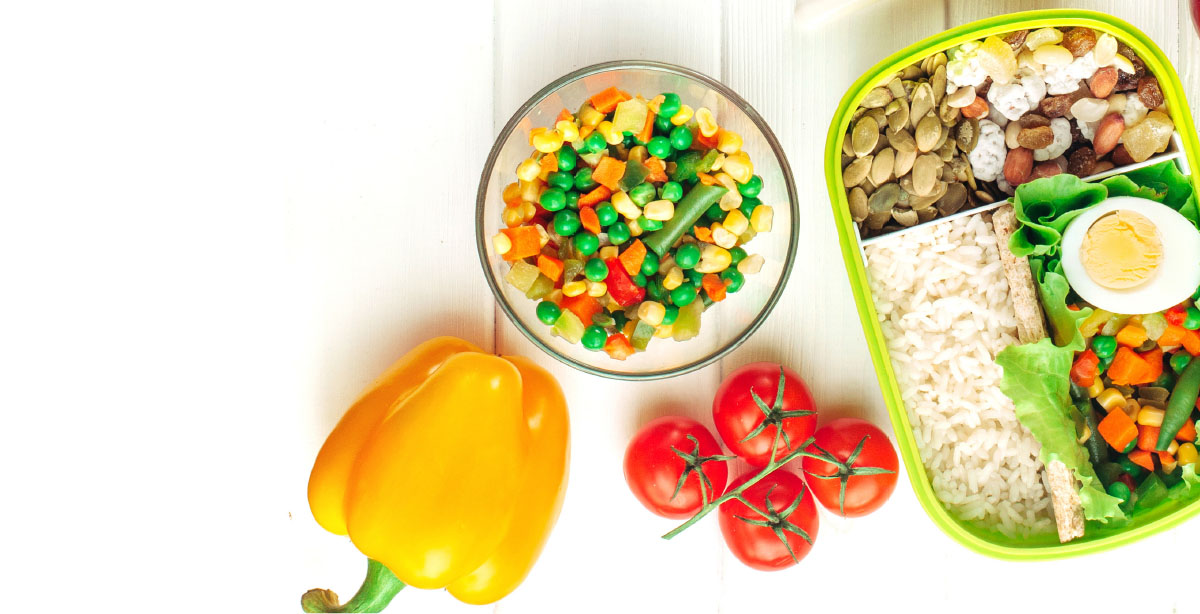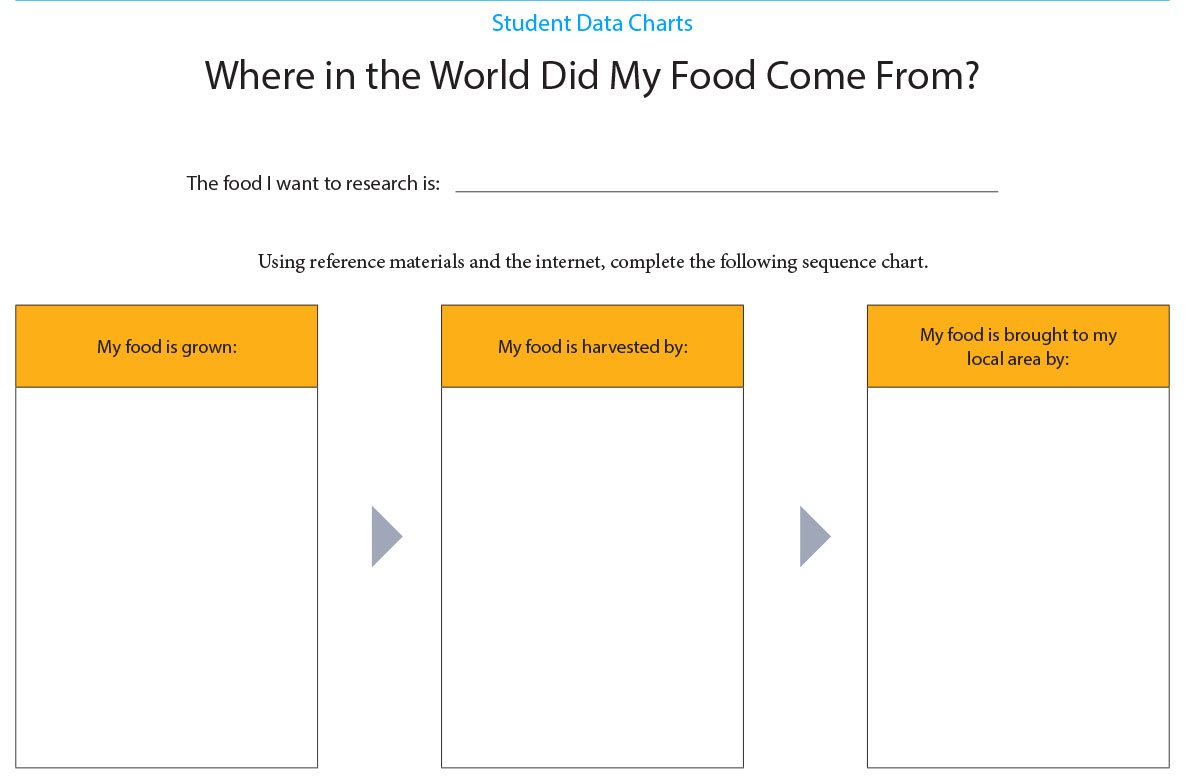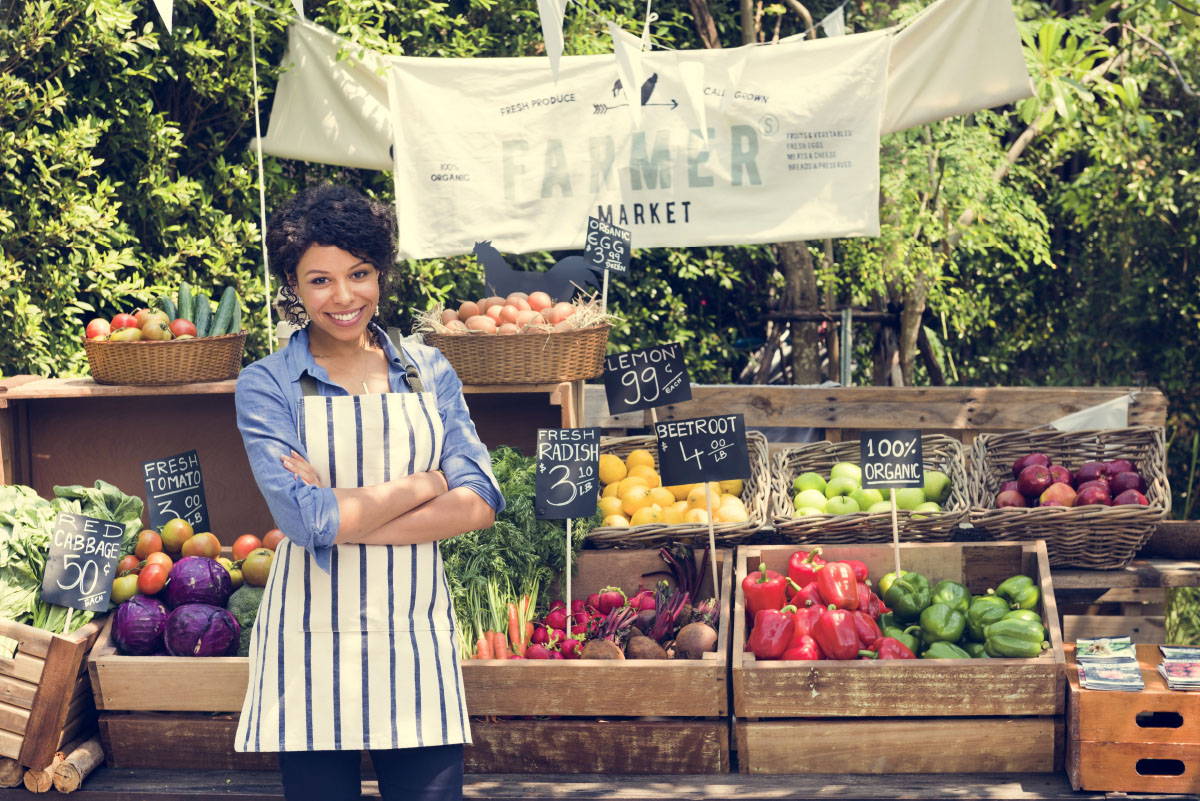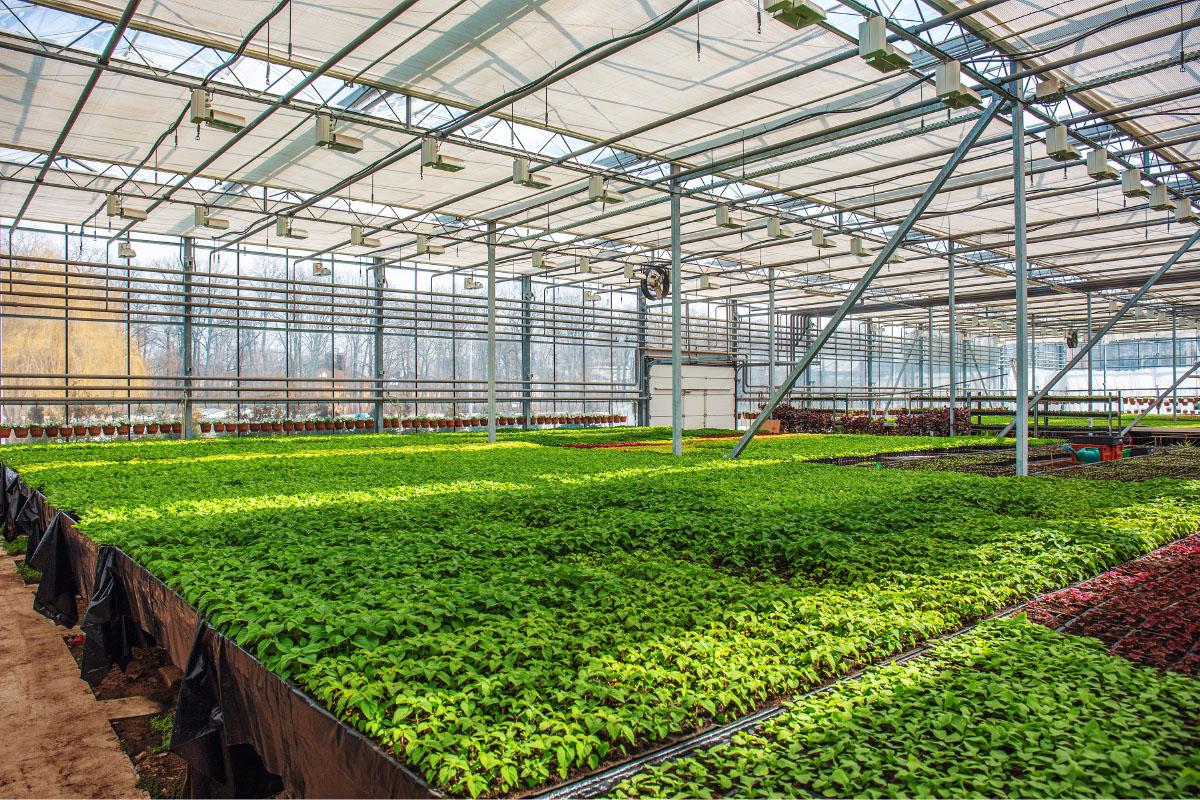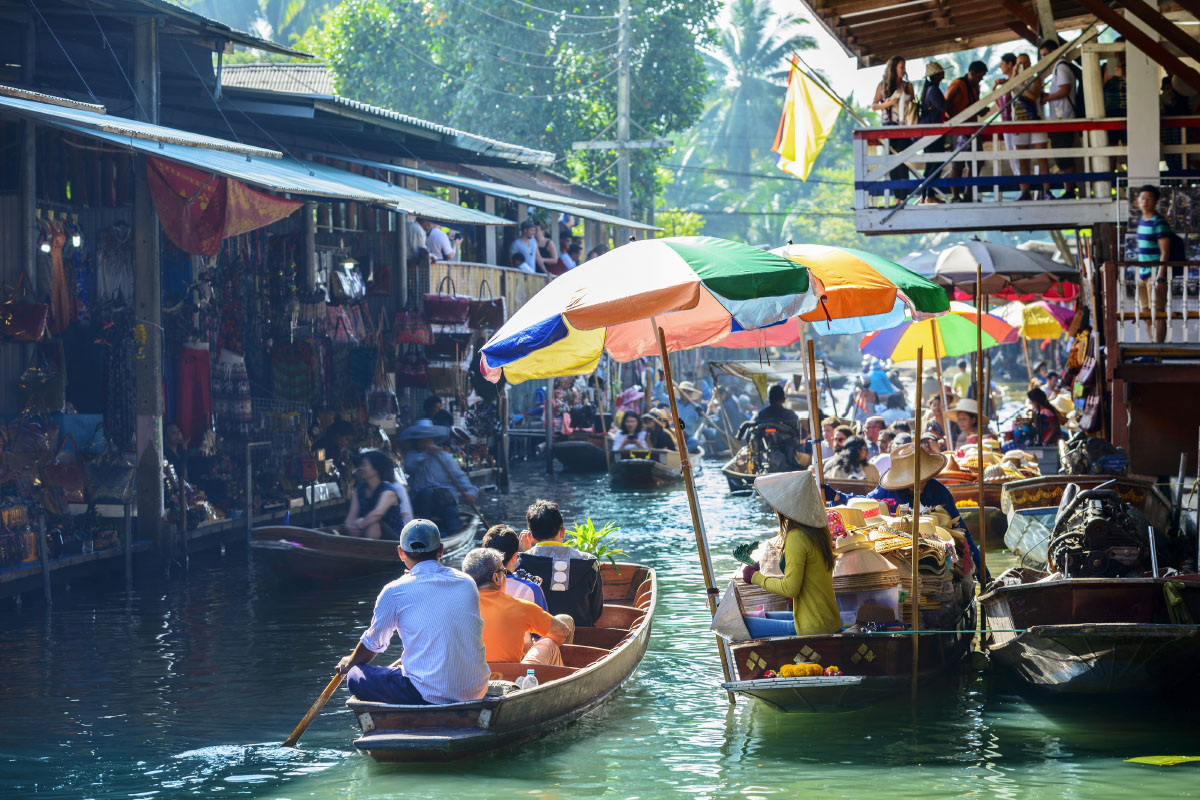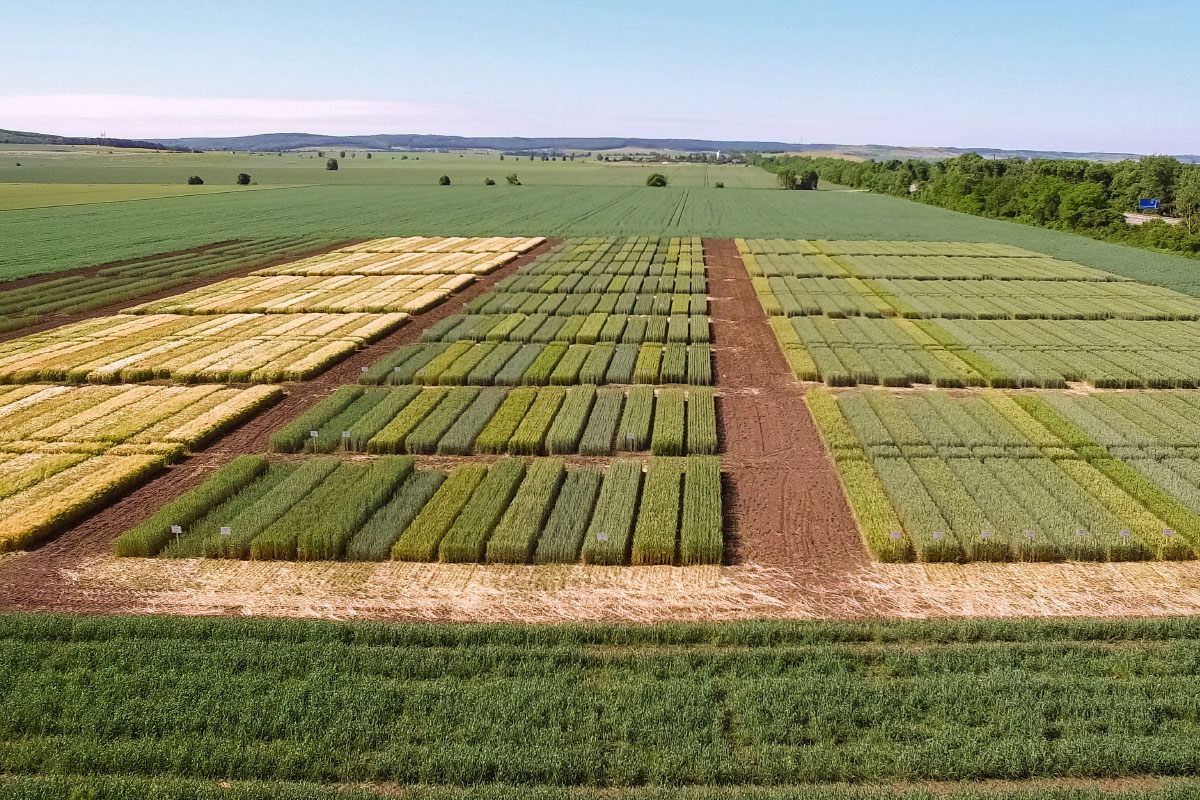Sponsored By: Corteva Agriscience
My Food Is From …

Is Lesson Plan Lesson Plans Life Science
Adapted from My Food Is From… by Christine Anne Royce
Science & Children | November 2012 | Vol 50, Issue 3
Objective
For Grades K-2: How Did That Get in My Lunchbox?
Students will describe the steps of how a particular food made it into their lunchbox.
For Grades 3-5: Just Where in the World Did My Food Come From?
Students will identify where familiar foods are produced.
- Slices of bread
- Fruit (apples, oranges, bananas)
- Peanut butter
- Jelly
- Student data sheet
- Individual serving containers of fruit such as fruit cocktail or dried fruit
- How Did That Get in My Lunchbox? By Chris Butterworth
- Pictures of open-air or farmers’ markets, commercial fields, international marketplaces, and fields with a variety of crop types
- Student data chart
- Large map of the United States and/ or the world
- Small maps for student use
- Library books or internet access for research
- To Market, to Market by Nikki McClure Abrams
Activity Outline
For Grades K–2: How Did That Get in My Lunchbox?
- Engage: Engage the students by holding up a common food they might find in their lunchboxes or as part of a school lunch program. As you ask the students to identify the objects, ask them how the objects are all similar. Through the use of guiding questions, lead the students to the fact that they are all foods that can be found in their lunchboxes. Introduce the story by showing them the cover of the book and asking them to consider a related question: So, how do foods get into your lunchbox?
- Explore/Explain: After having the students provide possible answers to how foods get into their lunchboxes, read the story to them, taking time to look at the individual processes that a food goes through. It will need to be explicitly pointed out to students that sometimes a food has other things added before it becomes a final product. Once you are through reading the story, ask the students to make a list of items that are in their lunchbox (e.g., a sandwich, fruit, cookies, and so on). Using the data sheet, ask students to identify the series of steps that the food might go through before it becomes their lunch.
- Elaborate: Once students have explored basic food items, ask them to think of other items that are made from those items. For example, many of the individual serving sizes of peaches or pears or fruit cocktail or the dried fruit products are made from fruit, but go through one or more additional steps to be formed into that product. Have the students brainstorm a list of additional products that came from the original list they explored. This activity can also be expanded by asking them to take the object in their lunchbox and try to work backward to identify the process in reverse.
- Evaluate: Evaluation of student understanding can be done throughout the lesson during the discussion of the process and through the student’s completion of their data sheet. Finally, using the similar approach to the illustration in the story How Did That Get in My Lunchbox?, ask the students to illustrate the stages that their chosen food went through before becoming lunch.
For Grades 3-5: Just Where in the World Did My Food Come From?
Before beginning this lesson, identify some locally grown crops from your geographic region and some foods that are not locally grown.
- Engage: Ask students to explain what a market is. If possible, have some pictures of a variety of markets to show them and have them describe what they see in the photos. Ask students to generate a list of foods that they might see in a local market as well as foods they don’t think they would see in a local market. Read the story To Market, to Market to the class, stopping at each of the foods presented and allowing the students to generate a chart on the board identifying what the food is, how the food is harvested or processed, and where the food comes from. As you progress through the text, ask the students if they have ever tried the different foods mentioned or if they know from where the foods originate. When you are done with the book, ask students to generate a list of foods they think come from local areas, as well as foods that they know are produced elsewhere. This list will serve as the beginning list of identifying a food the students want to research to determine (1) where it is grown or produced, and (2) how it gets to the local market, whether the destination is a farmers’ market or supermarket.
- Explain/Elaborate: Allow each student or team of students to pick a food they would like to research. Using the data sheet, ask them to use either library books or the internet to answer the questions about where the food comes from and how it is harvested. You can also provide a map for the students to use to identify where their food comes from. Once they have investigated the origin of their food choice, they can share their results with the class. To show that our food comes from a variety of areas, you can aggregate the individual student responses into a larger class response by using a large classroom map of the country or world. The different food choices selected by students can be assembled into one larger presentation of where food comes from before it arrives at the local market.
- Evaluate: Evaluation occurs as the students present their information about the food choice that can determine if they understand local versus nonlocal foods, how foods are transported to an area, and the idea that the availability of certain foods depends on the season in which they are grown.
Check for food allergies before bringing any food into the classroom
Class Discussion Question
3-5: Where do you think the food at markets comes from?
Differentiation
3-5: Within the text, there are also additional terms that relate specifically to the individual processes for making a food such as cheese. These terms may be included and, depending on the students’ understanding of where foods originate, you may want the older students to engage in a similar activity to the one mentioned earlier for younger students.
Formative Assessment
3-5: Teachers are able to assess and evaluate students’ understanding throughout their research by asking questions such as “Is your food grown locally, or does it need to be transported to our area?” and “Why do you think that food needs to be produced elsewhere and can’t be produced or grown in this area?”
Post Assessment
K-2: In examining the datasheet, it should be clear that the student is using vocabulary and concepts presented in the story and is able to explain clearly how foods are processed.
3-5: Students present information about a particular food including where it originated from and how it was transported to an area.
